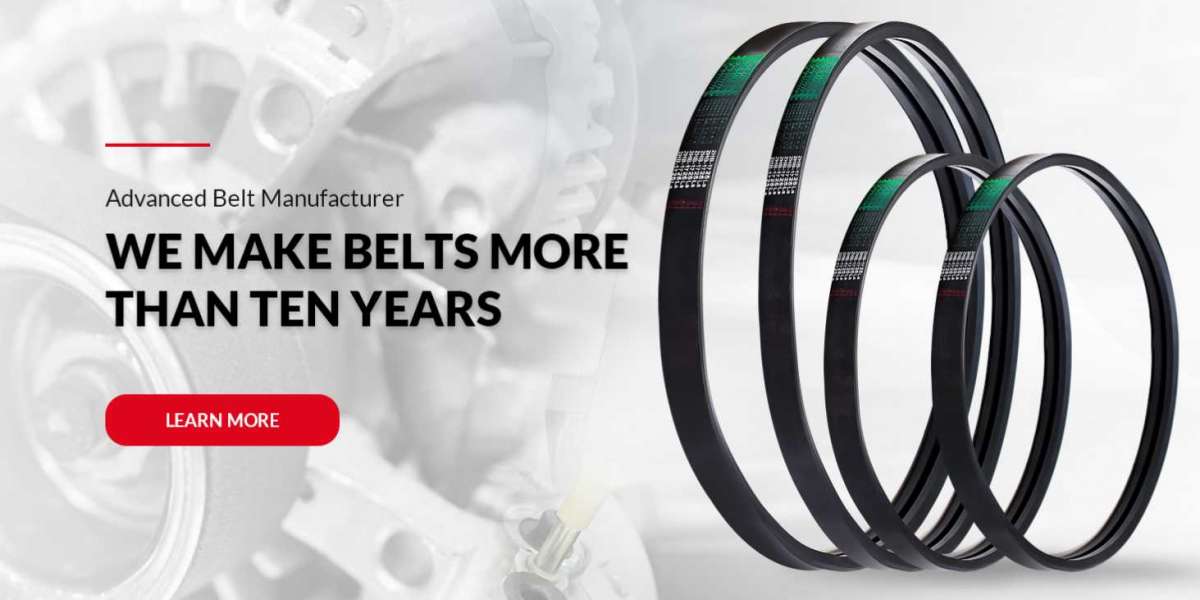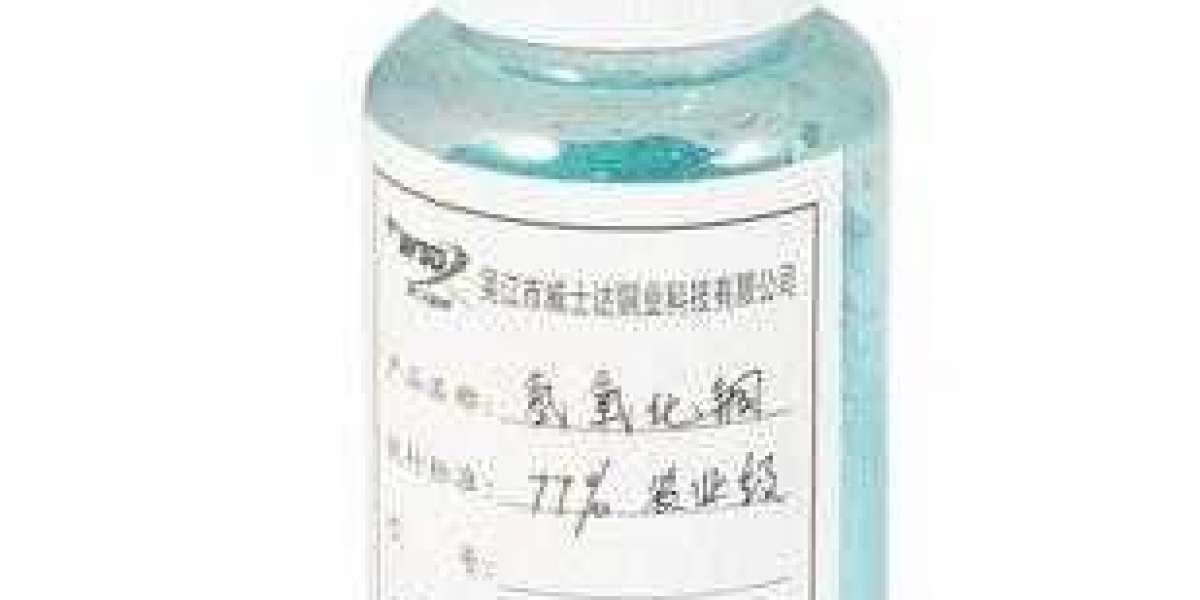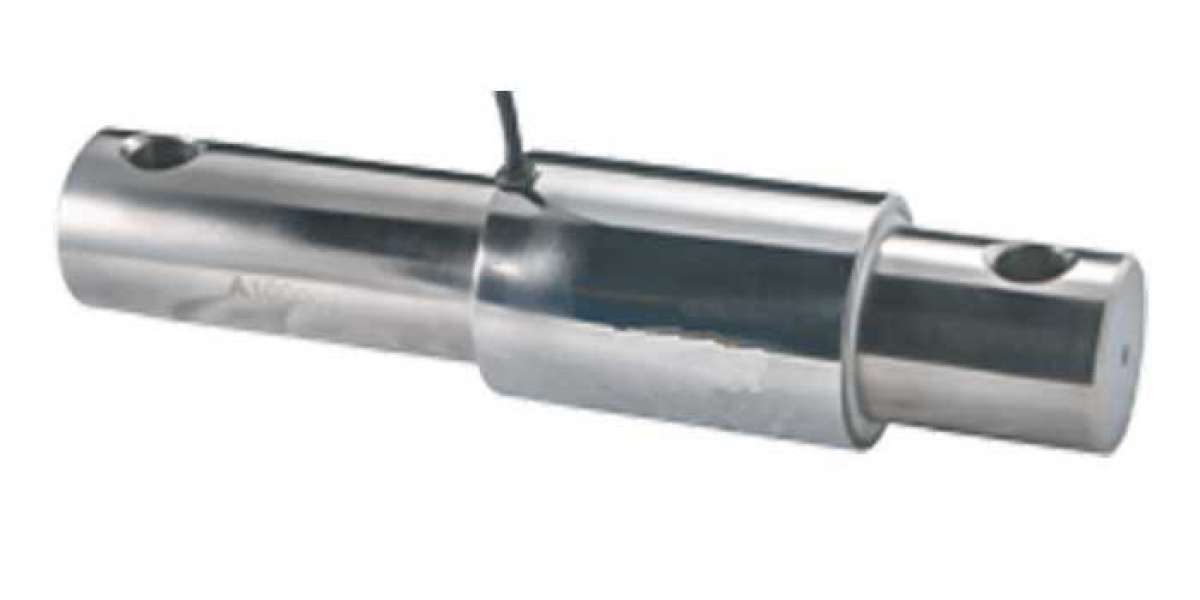High ambient temperature will degrade the performance of the rubber compound, leading to premature belt failure. The remainder of the high temperature resistance V-Belt application note will discuss ways to enhance belt performance (not affected by extreme temperatures). Laboratory tests have shown that there is a specific relationship between the ambient temperature and the life of the V-belt (see Figure 1). According to the test results, every time the ambient temperature increases by 20°C (36oF) (the internal temperature of the belt increases by 10°C (18oF), the service life of the V-belt will be halved. It is generally considered that the normal ambient operating temperature range of the industrial belt drive system is 16 °C (60oF) 38°C (100oF). The standard belt drive design program is based on this operating temperature range. There are many techniques for checking the operating temperature of the belt. The first method can be quickly checked with a mobile phone. First stop the transmission and ensure that the motor and transmission system are securely locked, and then carefully touch the belt. If the tactile temperature is uncomfortable, the temperature of the belt is likely to exceed 60°C (140oF). If the touch is not uncomfortable, then The temperature of the belt is likely to be lower than 60°C (140oF). The second method (and a more accurate method) is to use a thermal sensor to check the belt temperature.
In addition, there will be physical signs after the V-belt exceeds its temperature limit. Signs that need attention include belts becoming harder and more brittle, cracks appear on the belt, the sidewalls of the belt begin to reflect light, and the smell of burning rubber.



